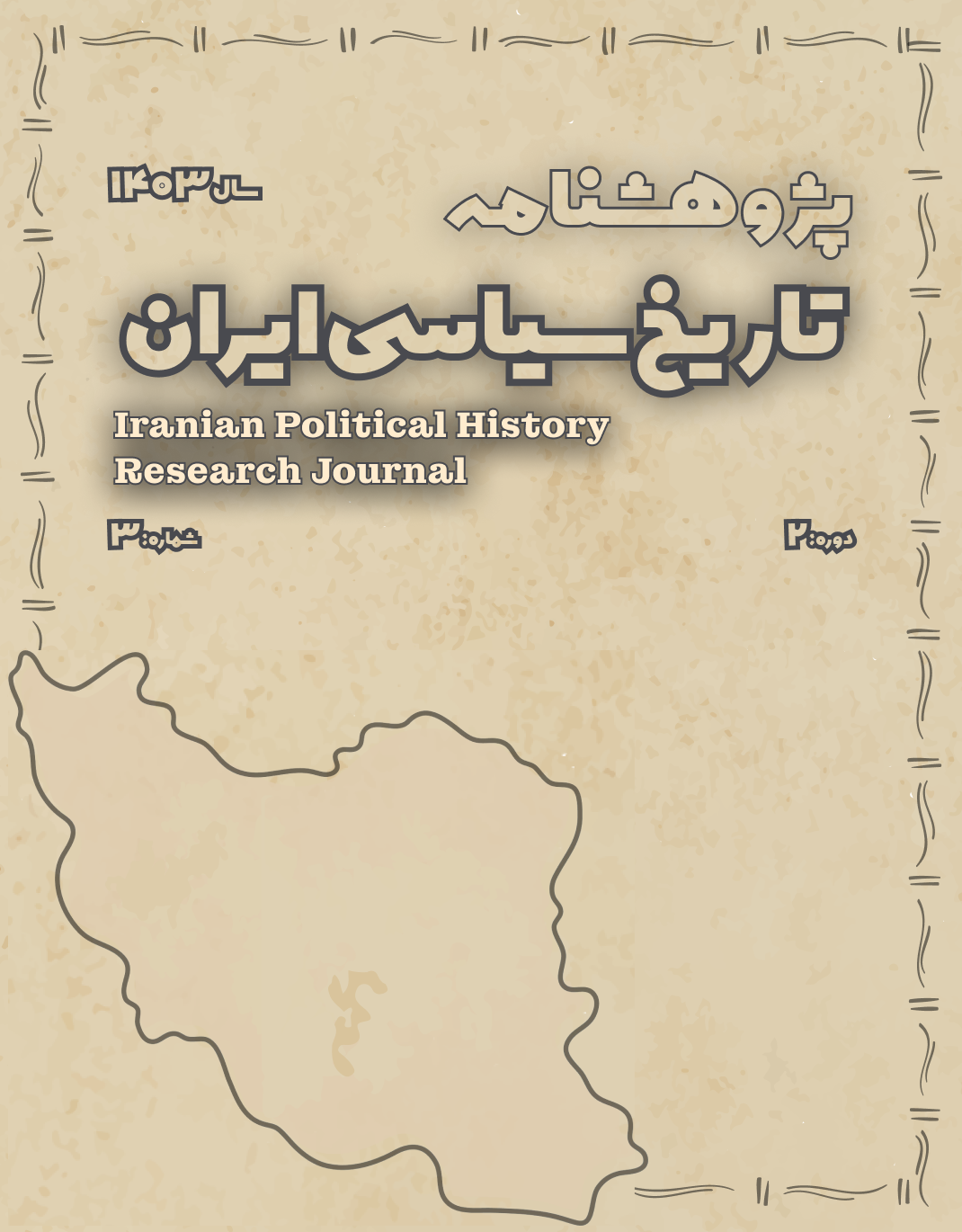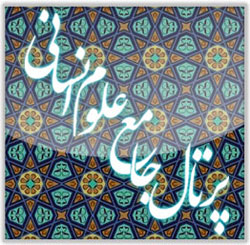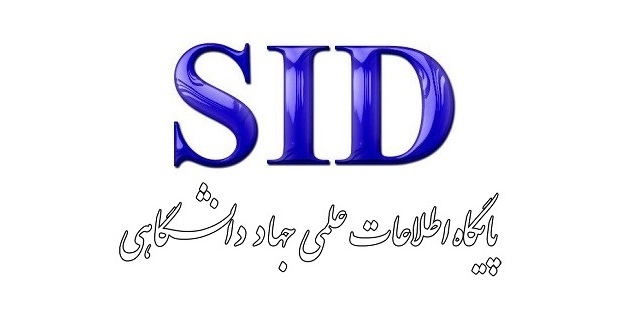بررسی تحولات نهاد سلطنت در ایران از منظر نظریه کارل اشمیت
کلمات کلیدی:
نهاد سلطنت, وضعیت استثنایی, کارل اشمیت, حاکمیت, تصمیمگیری, نظم سیاسی, انقلاب اسلامیچکیده
مقاله حاضر با هدف تحلیل تحولات نهاد سلطنت در ایران از منظر نظریه حاکمیت و وضعیت استثنایی کارل اشمیت نگاشته شده است. در این پژوهش تلاش شده تا از طریق رویکردی تحلیلی-مفهومی، نسبت میان مفاهیم بنیادین اشمیتی – نظیر حاکم، وضعیت استثنایی، نظم، و تصمیمگیری – با سیر تاریخی سلطنت در ایران از دوران باستان تا فروپاشی آن در سال ۱۳۵۷ بررسی شود. در بخشهای مختلف مقاله، ابتدا نظریه اشمیت درباره تقدم نظم بر قانون و نقش تصمیمگیری در لحظه بحران تبیین شده، سپس این مفاهیم بر بستر تاریخی سلطنت ایرانی از هخامنشیان، صفویان و قاجار تا پهلوی تطبیق یافته است. یافتههای مقاله نشان میدهد که نهاد سلطنت در ایران، بهویژه در دوره پهلوی، به شکلی عینی تجلی مفهوم حاکم اشمیتی بوده و بارها در موقعیتهایی قرار گرفته است که در آن حاکم باید با عبور از قانون، نظم جدیدی را از طریق تصمیمگیری مقتدرانه بنا کند. با این حال، در آستانه انقلاب اسلامی ۱۳۵۷، نهاد سلطنت از ایفای این نقش ناتوان ماند و بهرغم داشتن ابزار قدرت، نتوانست در وضعیت استثنایی نقش مؤثری ایفا کند. این مقاله نشان میدهد که سقوط سلطنت در ایران را میتوان بهمثابه شکست در اعمال تصمیمگیری حاکمانه تفسیر کرد. در پایان، ضمن نقد و بررسی ظرفیتهای تبیینی نظریه اشمیت در تحلیل تجربه ایرانی، پیشنهاداتی برای بسط مطالعات تطبیقی در حوزه نظریه سیاسی و تاریخ قدرت در ایران ارائه شده است.
دانلودها
مراجع
Abrahamian, E. (2008). A History of Modern Iran. Cambridge University Press.
Agamben, G. (2005). State of Exception (K. Attell, Trans.). University of Chicago Press.
Amanat, A. (1997). Pivot of the Universe: Nasir al-Din Shah and the Iranian Monarchy, 1831–1896. University of California Press.
Dyzenhaus, D. (1997). Legality and Legitimacy: Carl Schmitt, Hans Kelsen and Hermann Heller in Weimar. Oxford University Press.
Keddie, N. R. (2003). Modern Iran: Roots and Results of Revolution. Yale University Press.
Lambton, A. K. S. (1980). State and Government in Medieval Islam: An Introduction to the Study of Islamic Political Theory. Oxford University Press.
McCormick, J. P. (1997). Carl Schmitt’s Critique of Liberalism: Against Politics as Technology. Cambridge University Press.
Milani, A. (2008). The Shah. Palgrave Macmillan.
Schmitt, C. (1996). The Concept of the Political (G. Schwab, Trans.). University of Chicago Press. (Original work published 1932)
Schmitt, C. (2005). Political Theology: Four Chapters on the Concept of Sovereignty (G. Schwab, Trans.). University of Chicago Press. (Original work published 1922)









